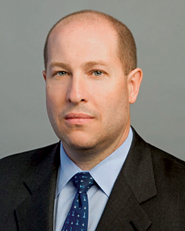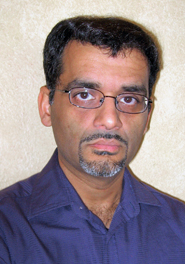Though the high-frequency trading business has become less profitable with the volume downturn, HFTs will remain an important part of the landscape as they continue to take advantage of an uncertain regulatory environment, according to experts speaking at SunGard’s New York City Day on Monday.
In a panel discussion entitled “Sell-side brokers: Leveling the playing field against high-frequency traders,” brokers, vendors and HFTs agreed that the recent decline in high-frequency trading is unlikely to be permanent.

“While high frequency trading is here to stay, the economics may be changing in a way that will make it a less profitable enterprise and make it harder for new firms to survive,” said Frank Loughlin, senior vice president of Americas equity trading at AllianceBernstein.
Loughlin noted a lot of high-frequency trading firms that launched in the last 18 months aren’t around anymore. Still, though some HFT strategies couldn’t turn a profit, others have continued to perform, he said.
According to Manoj Narang, founder and chief executive officer of the HFT firm Tradeworx, high-frequency investing in U.S. equities has retrenched from the levels of the past few years. He said the decline in volume has translated into a pullback for high-frequency traders.
The majority of high-frequency trading is regulatory arbitrage, Narang said. He called Regulation NMS, for instance, a flawed paradigm for the markets that has allowed HFTs to step in and exploit inefficiencies.
High-frequency traders will continue to make money in the future, so long as regulators pass new rules that are not immediately understood by everyone in the market, he said. Given the current political environment, complex new rules are inevitable, he added.

“Regulators have taken the financial crisis and used it as an excuse to do things that had nothing to do with the financial crisis,” Narang said.
On July 16, more than 200 rules will go into effect as a result of Dodd-Frank alone. Trading rules for equities that have gone into effect recently include the modified uptick rule, the elimination of stub quotes and new erroneous trade policies.
Michael Schutt, head of trading for SunGard’s Fox River Execution, called regulation the “great wild card” in the high-frequency game right now. He agreed with Narang that new regulation always creates opportunities for HFTs.
As a vendor to sellside brokers, SunGard needs to make sure its broker clients are able to keep up with the latest strategies being used by HFTs, Schutt said.
“Everything the high-frequency guy does, that’s what they expect from us in their algorithms,” he said.
Jack Miller, director of electronic trading services for the employee-owned broker-dealer Robert W. Baird, agreed. He said much of the value of a firm’s traders is determined by how well they are able to use the anti-gaming tools provided by vendors.
As the algos used by the sell-side become better, the current strategies used by high-frequency traders are likely to become less and less effective, Miller said. Still, he recognized that HFTs will remain an important part of the markets, even as the strategies that are popular right now begin to fade.
Miller cautioned against thinking of HFT as either market villains or market saviors.
“High frequency is just a manifestation of the current market environment,” Miller said. “It’s good and bad, just like any other strategy.”




